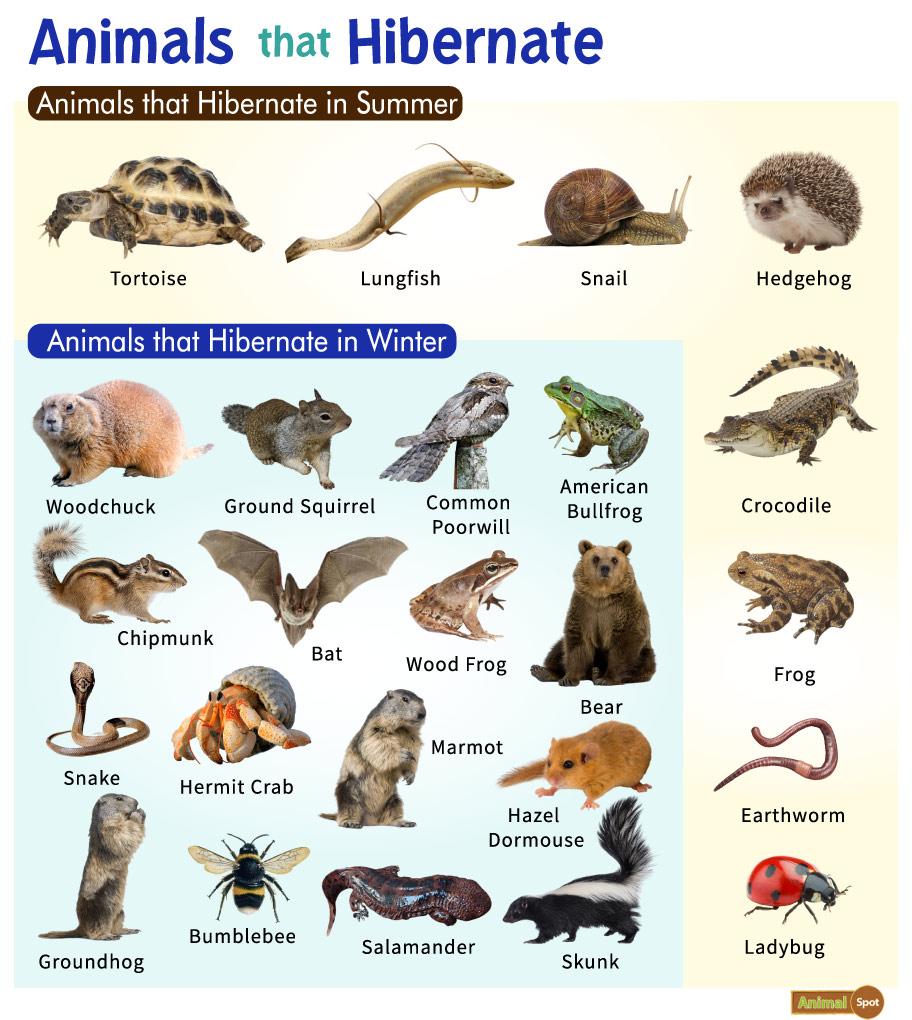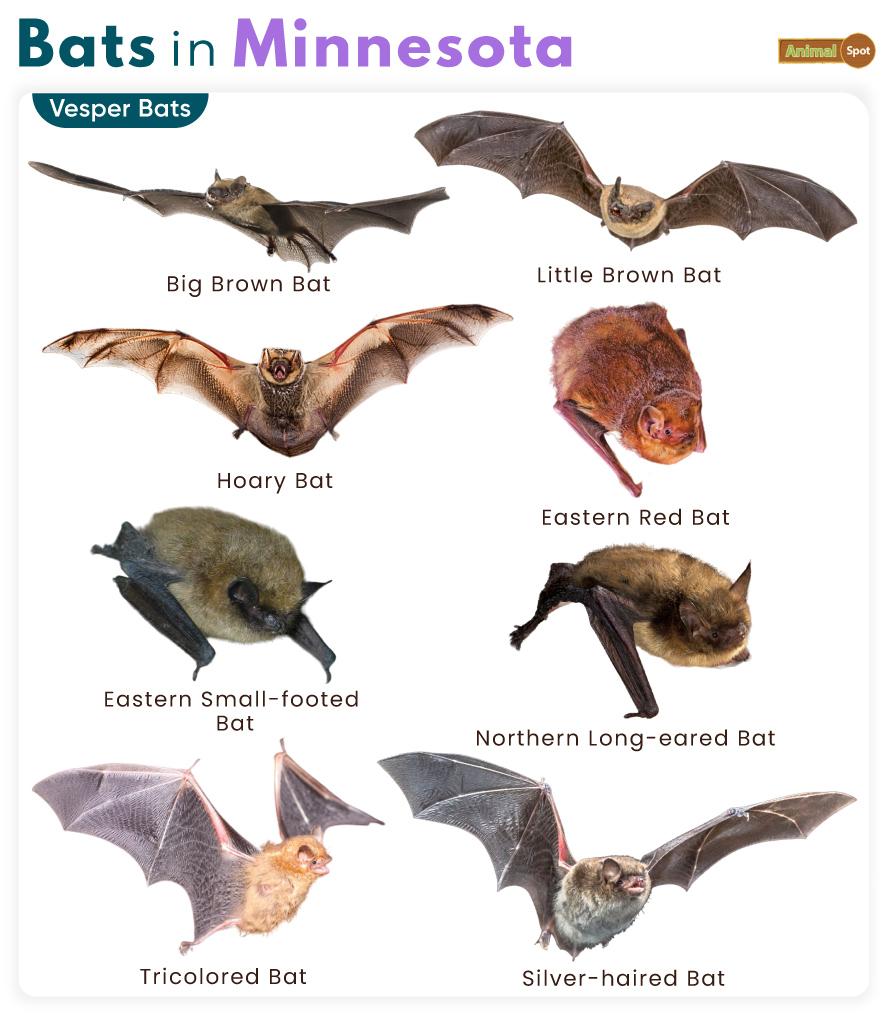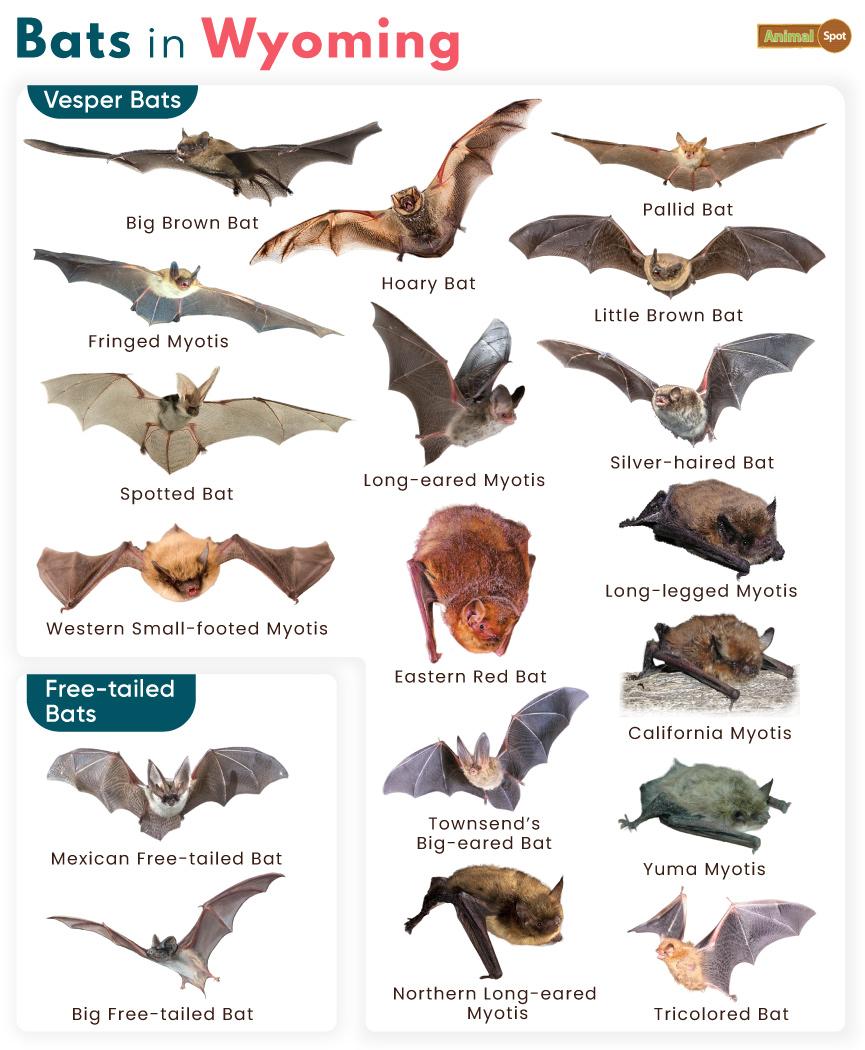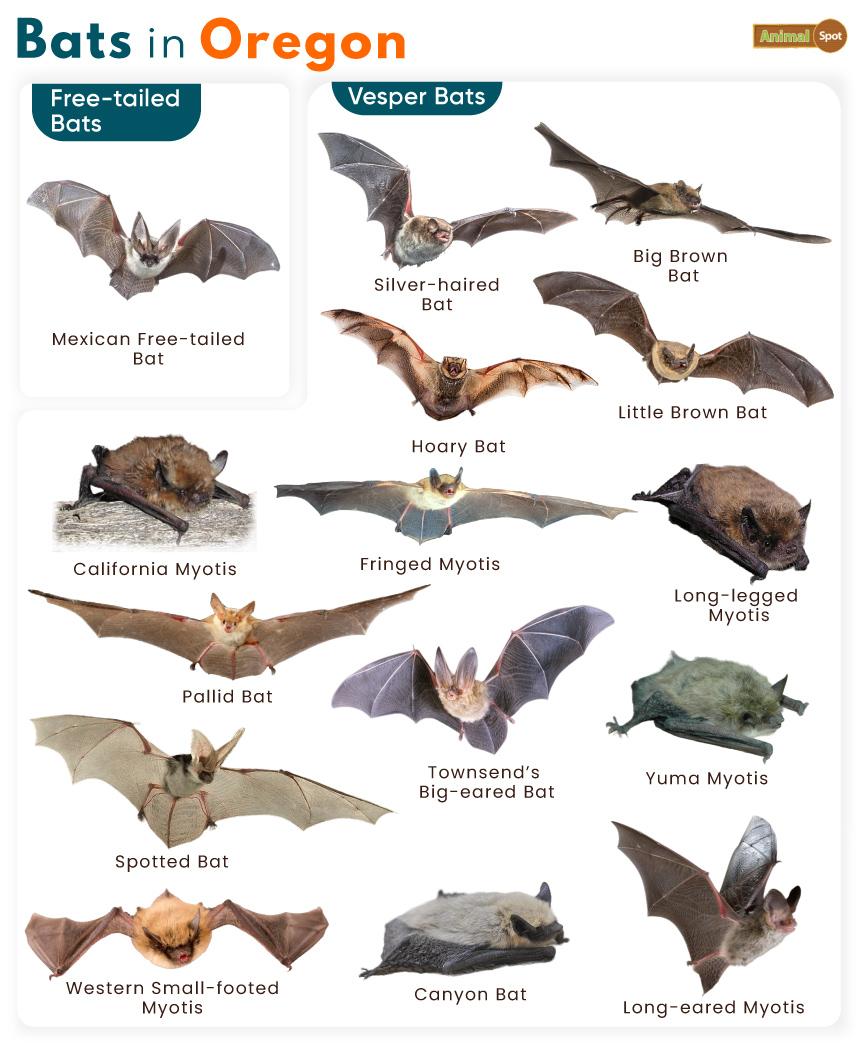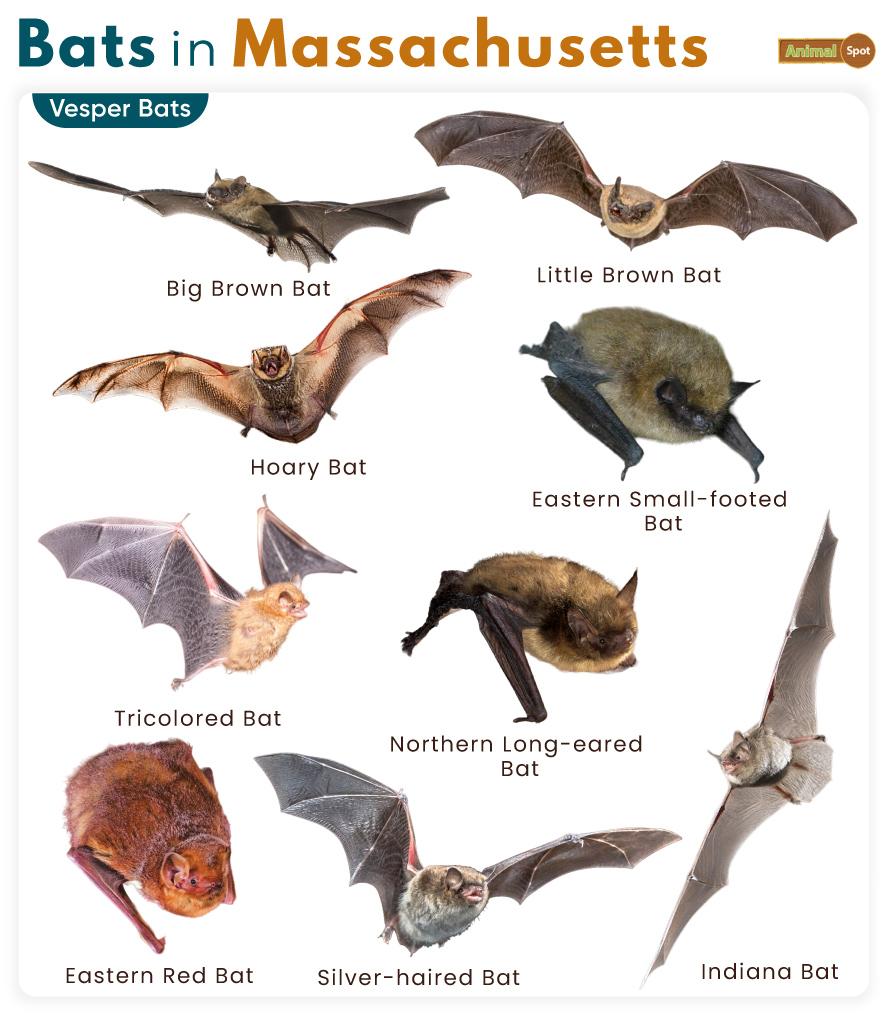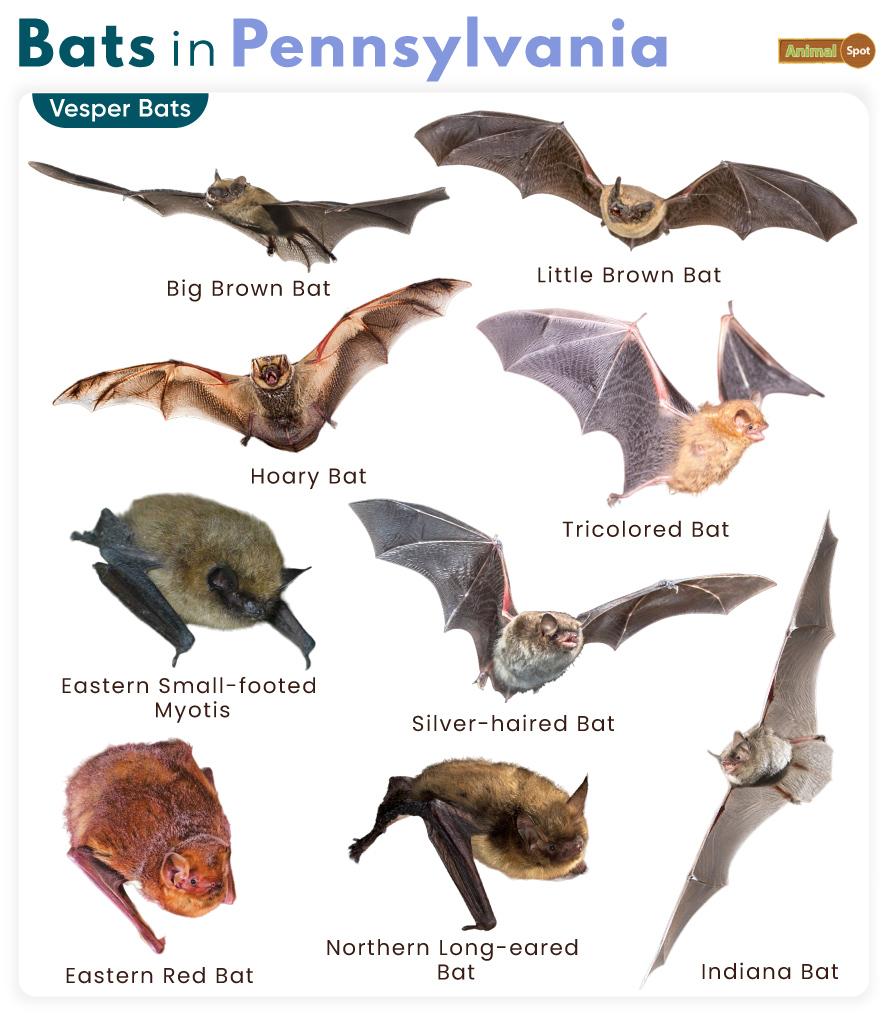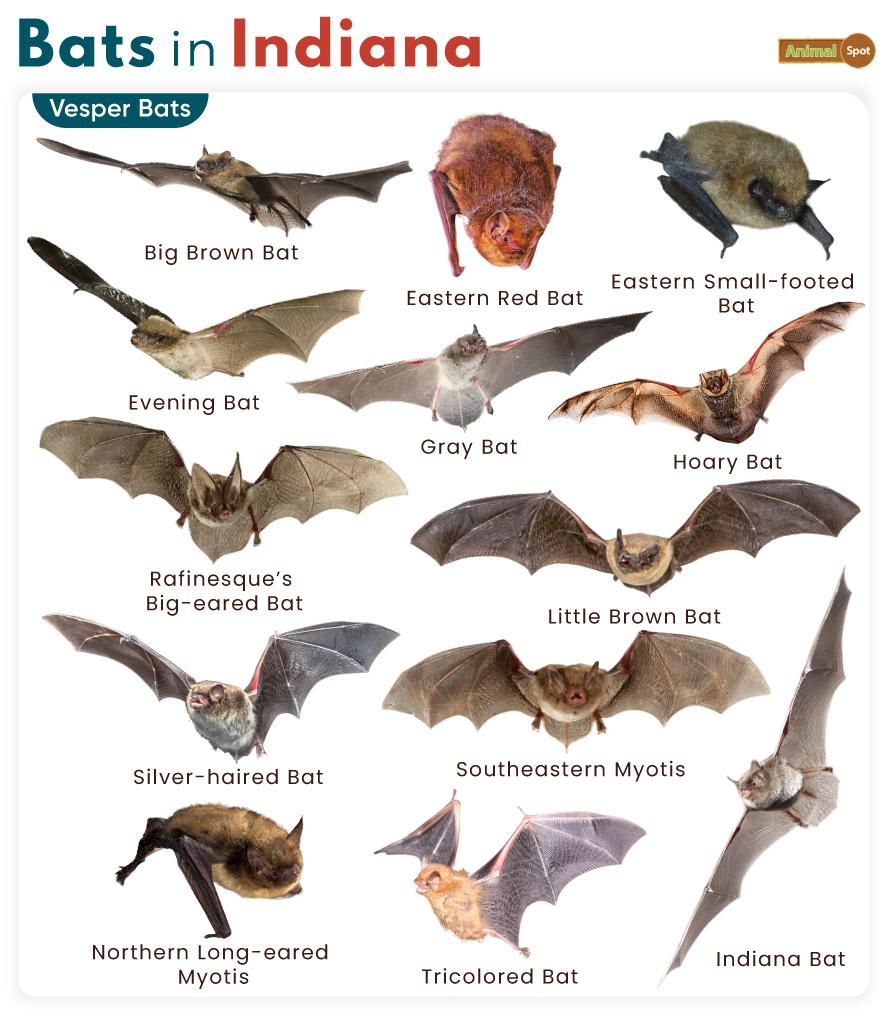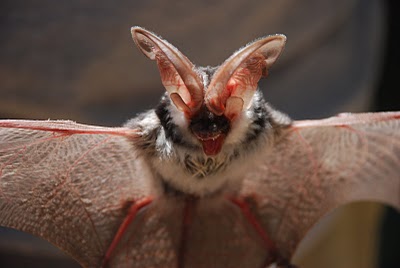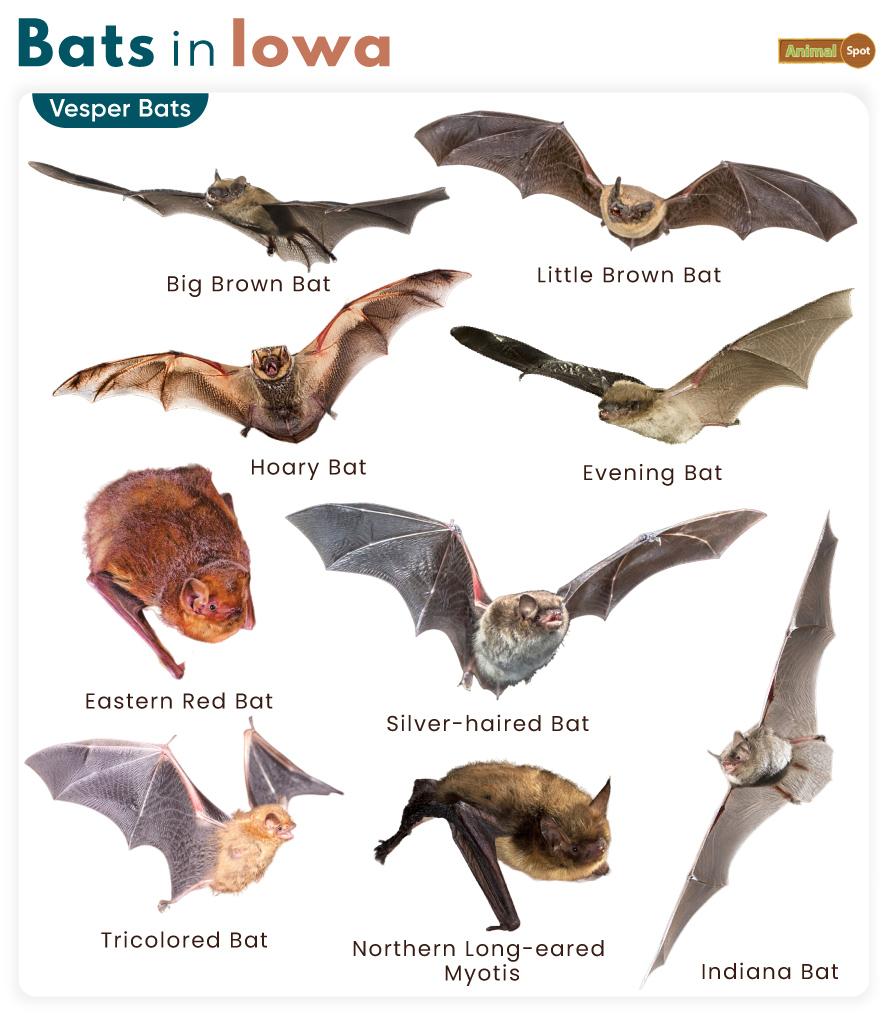| Bear | Mammal | Bears are a classic example of true hibernators. Researchers thought their deep sleep to be torpor and not hibernation until studies conducted in 2011 and 2016. Contrary to the belief, they don’t sleep continually through the period they hibernate but wake up in intervals and move around in their dens. They don’t eat, drink or defecate during hibernation. |
| Bumblebee | Insect | All bumblebees save the queen die in winter. The queen sleeps through the colder months and wakes up in spring to set up a new colony. |
| Ground Squirrel | Mammal | They hibernate underneath burrows for 5-8 months. During hibernation, the squirrels enter into torpor (inactivity) where their metabolism drops to 1% and their body temperature almost reach a freezing point. |
| Chipmunk | Mammal | Most chipmunk species hibernate when the temperatures go beyond the freezing point. They take shelter in their burrows but don’t sleep through that time. Instead, they try maintaining a normal body temperature and feed on the food they have stored rather than entirely relying on fat reserves. They even urinate and defecate during that period. |
| Bat | Mammal | Bats hibernate during November and don’t come out until March or April. They become fully active by May. Some bats hibernate solitarily, while a few form colonies. Their favorable spots include buildings, hollow trees, and barns. However, some bat species may also migrate to warmer regions in winter instead of becoming inactive. |
| Common Poorwill | Bird | They choose leaf piles or hollow logs as their hibernation spots. These birds remain asleep or in torpor for a couple of weeks or even months. One individual was recorded to hibernate for 85 days during the 1947-1948 season. |
| Snake | Reptile | They don’t hibernate but, like other cold-blooded animals, enter into brumation during winter. During this time, their metabolism slows, and they stop eating. |
| Woodchuck | Mammal | They hibernate from October to March. During this time, their temperature falls from 99°F to 38°F. Their heartbeat drops to as low as 4 beats/ minute from 100 beats/minute. |
| Wood Frog | Amphibian | They nestle in leaf litter, and their body temperature lowers to such an extent that they almost freeze. |
| Marmot | Mammal | They hibernate in groups for as long as eight months. The marmots lower their body temperature during this time and survive on the fat and water stored by their body. They even lower their heartbeat to 3-4 beats/per minute and take not more than 2 to 3 breaths per minute. |
| Skunk | Mammal | They get into sleep mode between December and March. They shed around 30% of their weight then and search for gardens, sheds, and patios to hide till spring. |
| Groundhog | Mammal | Groundhogs hibernate between October and April for not more than three months. They are true hibernators, with their heart rate and body temperature dipping drastically. Their sleep is so deep that they wouldn’t wake up to any loud noise or even if touched or disturbed. |
| Hazel Dormouse | Mammal | They hibernate throughout the colder months to survive. If food is scarce, they preserve their energy by entering into torpor and also reduce their body temperature. |
| American Bullfrog | Amphibian | They hibernate underwater, with some individuals moving quite slowly in this period. |
| Salamander | Amphibian | They cannot live when it is freezing and burrow under leaf litters. |
| Hermit Crab | Invertebrate | These crabs hibernate when the temperature falls below 68 °F. They remain in the soil during this time for 4-6 weeks. Some crabs may hibernate for a little longer. |

